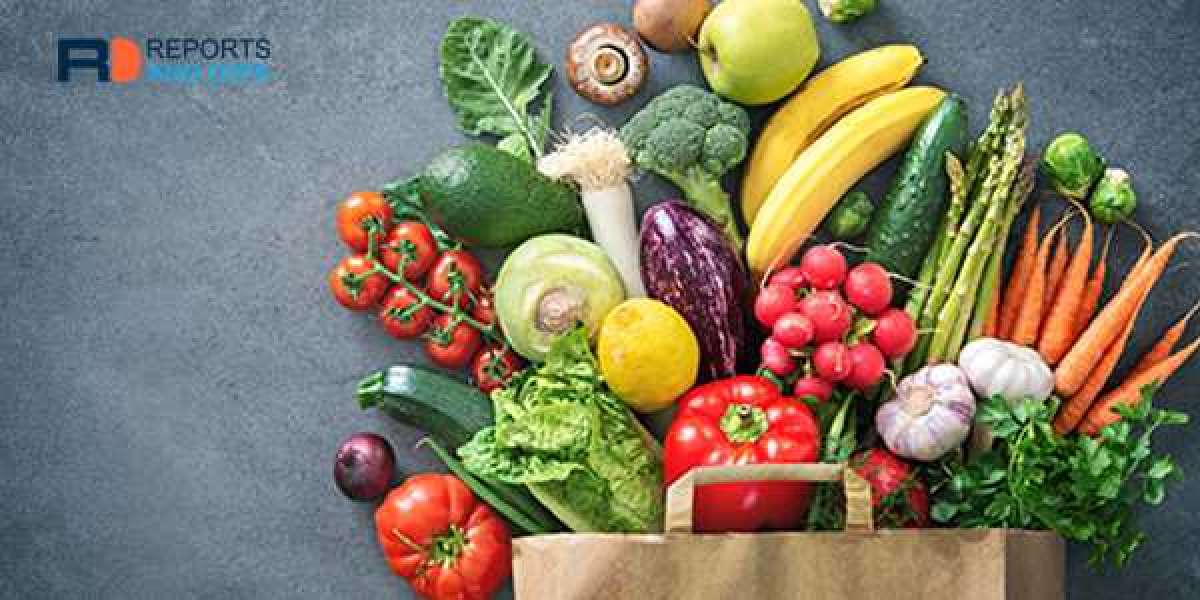According to the current analysis of Reports and Data, the global Protective Cultures Market was valued at USD 113.6 Million in 2018 and is expected to reach USD 397.6 Million by the year 2026, at a CAGR of 16.7%. Protective cultures are the live microorganisms that are added to foods to reduce pathogenic or toxigenic microorganisms. Cultures can be pure cultures or can be culture concentrates. Freeze-dried protective cultures do not affect growth and bacteriocin production. Hence, it is the most preferred form for protective culture delivery.
Different species of microorganisms, including lactic acid bacteria, Bifidobacterium, E. coli, species of Bacillus and yeasts such as Saccharomyces, and molds such as Aspergillus are used as protective cultures. Preferences for fresh, natural, and less severely processed foods, free from artificial additives, has resulted in a new generation of chill stored, minimally processed foods. Microbial seafood-borne disease represents 10 to 20% of the total food-borne outbreaks. Most of them are from bacterial origin and involve seafood products that have been contaminated by pathogenic Vibrio, Listeria monocytogenes, and histaminogen bacteria. New product launches and acquisitions mergers are the major strategic initiatives adopted by the manufacturers. For instance, In November 2018, DSM expanded its Delvo Guard protective cultures to reinforce safety standards for clean label products. The culture is designed to prevent the formation of yeasts molds in dairy products to extend the shelf life of products without any effect on the taste and texture and in April 2018, DuPont Nutrition Health launched a new line of cheese cultures for industrial producers of cheese products. The CHOOZIT SWIFT 600 and CHOOZIT AMERI-FLEX can be sampled in pizza cheese and are designed to offer better consistency and reliability in the manufacturing process.
Download PDF Sample Copy: https://www.reportsanddata.com/sample-enquiry-form/2227
Use of protective cultures to preserve fermented foods such as yogurt, cheeses, sour cream, and fermented sausages is attracting considerable attention as a novel natural means of food preservation, as their use is hugely label-friendly.
The most practical way of PC delivery is in a freeze-dried form; freeze-drying does not affect the growth and bacteriocin production When PCs are used for preservation, the correct inoculums, and its viability become production parameters and should be treated as critical limits in Hazard Analysis Critical Control Point (HACCP) programs.
Major industry players are incorporating various organic and inorganic strategies for expanding their footprint in the market. For instance, in December 2017, CSK Food Enrichment BV expanded its presence with the opening of a new facility in Wageningen University and Research campus (Netherlands). The new facility is home to the company’s RD department. The center would be directly responsible for the launch of the next-generation products in the CSK product portfolio.
The global Protective Cultures market is highly fragmented with major players like Chr Hansen (Denmark), DowDuPont (US), Sacco S.R.L (Italy), CSK Food Enrichment BV (Netherlands), THT SA (Belgium), Dalton Biotechnologies (Italy), Biochem SRL (Italy), Meat Cracks Technology GmbH (Germany), Royal DSM NV (Netherlands), and Bioprox (France) among others, that collectively constitute a competitive market.
Request for Customization: https://www.reportsanddata.com/request-customization-form/2227
Segments covered in the report
This report forecasts revenue growth at a global, regional country level, and provides an analysis of the market trends in each of the sub-segments from 2016 to 2026. For the purpose of this study, Reports and Data have segmented the Protective Cultures market on the basis of product form, target microorganism, composition, application and region:
Product Form Outlook (Revenue in Million USD; 2016–2026)
- Freeze-Dried
- Frozen
Target Microorganism Outlook (Revenue in Million USD; 2016–2026)
- Yeasts Molds
- Bacteria
Composition Outlook (Revenue in Million USD; 2016–2026)
- Single-Strain
- Multi-Strain
- Multi- Strain Mixed
Application Outlook (Revenue in Million USD; 2016–2026)
- Dairy Dairy Products
- Cheese
- Fermented Milk Products
- Butter and Spreads
- Meat Poultry Products
- Seafood
- Others
Regional Outlook (Revenue in Million USD; 2016–2026)
- North America
- US.
- Canada
- Mexico
- Europe
- Germany
- France
- UK
- Spain
- Italy
- Rest of the Europe
- Asia Pacific
- China
- India
- Japan
- South Korea
- Australia
- Rest of Asia-Pacific
- Middle East Africa
- Egypt
- Saudi Arabia
- South Africa
- Rest of MEA
- Latin America
- Brazil
- Argentina
- Rest of Latin America
Discount on the Report: https://www.reportsanddata.com/discount-enquiry-form/2227
Key Questions Addressed in the Report:
- What are the dominating factors that are influencing the growth of the industry?
- In the forecast period, which market segment is expected to rise the most?
- What are the risks and challenges that the industry is facing?
- In the coming years, which area is projected to dominate the market?
- Who are the major players in the market? What kind of strategic business plans have they made?
Contact Us:
John W
Head of Business Development
Direct Line: +1-212-710-1370
E-mail: sales@reportsanddata.com
Reports and Data | Web: www.reportsanddata.com
News: www.reportsanddata.com/market-news
Read Latest Press Release: https://www.reportsanddata.com/press-release/global-protective-cultures-market



